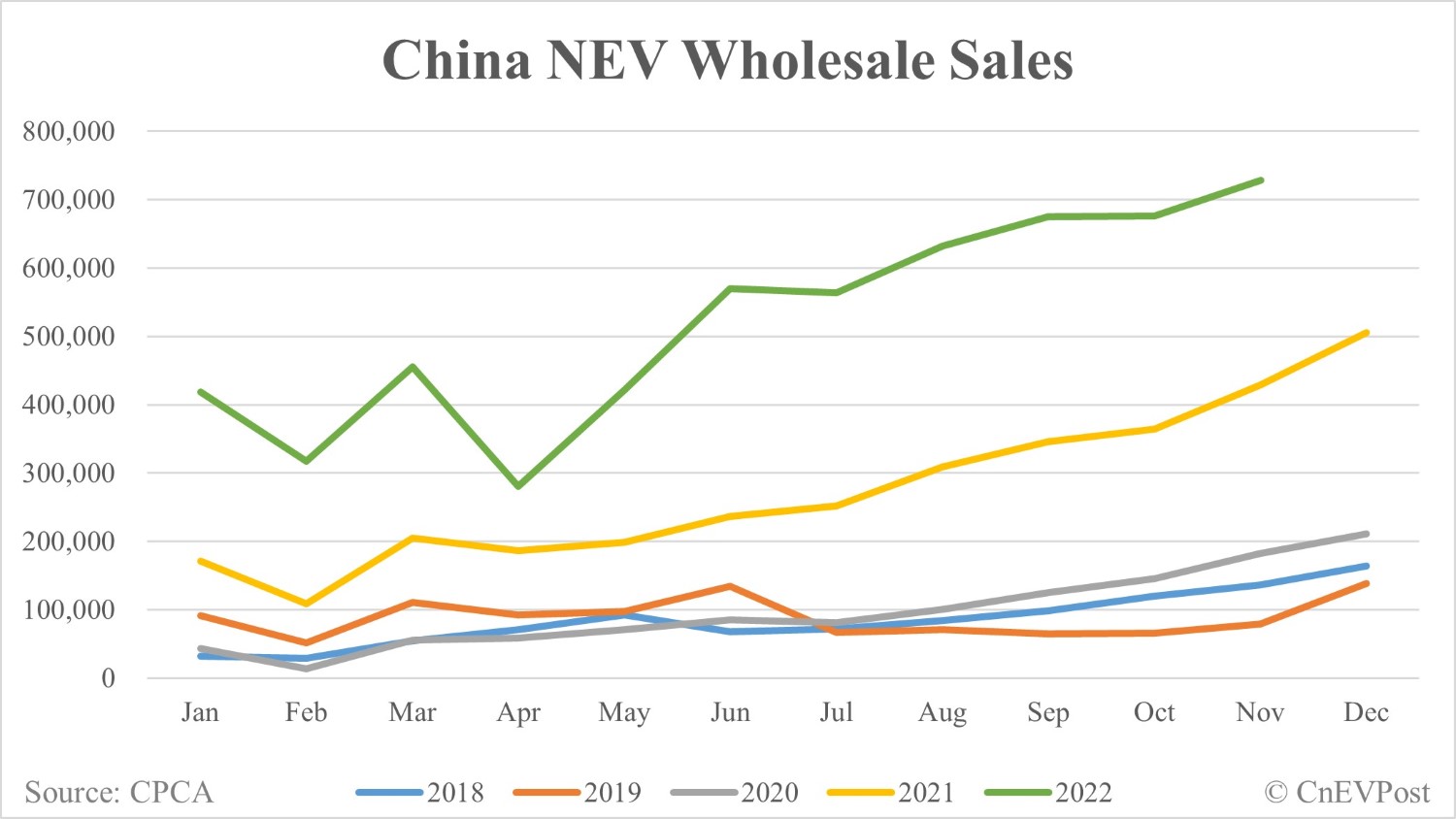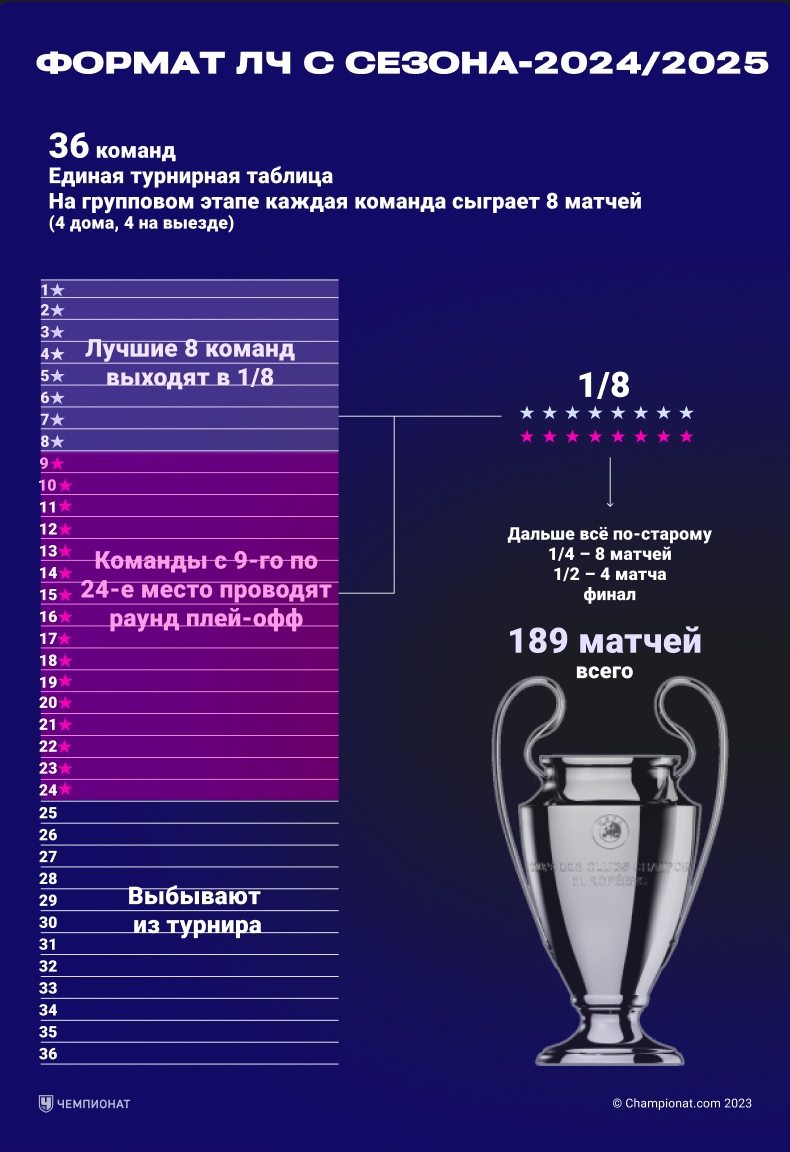The Evolving Chinese Auto Market: Implications For Brands Like BMW And Porsche

Table of Contents
The Rise of Domestic Chinese Automakers
The Chinese automotive industry has experienced a remarkable transformation, with domestic brands rapidly gaining market share. This surge is fueled by significant technological advancements and sophisticated marketing strategies.
Technological Advancements
Chinese automakers are investing heavily in research and development (R&D), leading to impressive advancements in electric vehicles (EVs) and hybrid technology. This commitment is directly challenging the dominance of established international brands.
- Increased R&D Investment: Companies like BYD, NIO, and Xpeng are pouring resources into battery technology, electric motor design, and autonomous driving capabilities.
- Advanced Driver-Assistance Systems (ADAS): Chinese EVs are increasingly incorporating sophisticated ADAS features, including lane-keeping assist, adaptive cruise control, and automatic emergency braking.
- Smart Technology Integration: Connectivity is a key differentiator. Chinese brands are integrating seamless smartphone integration, voice assistants, and over-the-air software updates, appealing to tech-savvy consumers.
- Competitive EV Models: Models like the BYD Han, NIO ET7, and Xpeng P7 are directly competing with and, in some segments, outperforming established luxury brands in terms of technology and features for a lower price point.
Brand Perception and Marketing Strategies
The perception of Chinese automakers has dramatically improved. Enhanced quality and a strong sense of national pride are boosting consumer preference for domestic brands.
- Shifting Consumer Loyalty: Younger generations of Chinese consumers are increasingly choosing domestic brands, driven by a combination of patriotism and the recognition of improved quality and technological advancements.
- Localized Marketing Campaigns: Chinese automakers are employing highly effective, localized marketing campaigns that resonate deeply with Chinese cultural values and consumer preferences.
- Adapting Marketing Strategies: BMW and Porsche must adapt their marketing strategies to counter this shift. This involves understanding nuanced cultural preferences and potentially adjusting their brand messaging to better connect with the target audience.
- Targeting Younger Demographics: Successful campaigns by Chinese brands focus on showcasing cutting-edge technology, emphasizing sustainability, and connecting with consumers through digital channels and social media.
Changing Consumer Preferences in the Chinese Auto Market
Consumer preferences in China are rapidly evolving, driven by factors such as increased environmental awareness and a strong desire for technologically advanced vehicles.
The Growing Demand for Electric Vehicles (EVs)
Government initiatives and increasing environmental consciousness are fueling the explosive growth of the EV market in China.
- Government Incentives and Regulations: Substantial government subsidies and increasingly stringent emission regulations are driving the adoption of electric vehicles.
- Environmental Awareness: Chinese consumers are demonstrating a growing concern for the environment and are actively seeking sustainable transportation options.
- Investment in EV Offerings: Luxury brands like BMW and Porsche must invest significantly in their EV portfolios to remain competitive, offering a range of models to meet diverse consumer needs and price points.
- Market Performance: The success of BMW's iX and Porsche's Taycan in China will be crucial indicators of their ability to compete in this rapidly expanding segment.
Focus on Technology and Connectivity
Chinese consumers place a high value on advanced technologies and seamless connectivity in their vehicles.
- Demand for Advanced Features: Features such as advanced driver-assistance systems, large touchscreens, and sophisticated infotainment systems are highly desirable.
- Mobile App Integration: Seamless integration with mobile apps for remote vehicle control, navigation, and entertainment is a must-have for many Chinese consumers.
- Voice Assistants and Online Services: Built-in voice assistants and access to various online services are crucial for an enjoyable in-car experience.
- Data Integration: The ability to seamlessly integrate data from various sources, such as navigation, entertainment, and vehicle diagnostics, is highly valued.
Government Regulations and Policies Shaping the Chinese Auto Market
Government regulations and policies significantly influence the competitive landscape of the Chinese auto market.
Emission Standards and Environmental Regulations
Stringent emission standards and environmental regulations are shaping the future of the automotive industry in China.
- Stringent Emission Regulations: China is implementing increasingly strict emission standards, pushing automakers to develop cleaner and more fuel-efficient vehicles.
- Incentives for EVs and Hybrids: Government incentives play a vital role in accelerating the adoption of electric and hybrid vehicles.
- Carbon Neutrality Goals: China's ambitious carbon neutrality goals are driving innovation and investment in sustainable automotive technologies.
Trade Policies and Import Tariffs
Import tariffs and trade policies impact the pricing and competitiveness of imported vehicles.
- Impact of Tariffs: Import tariffs on vehicles from brands like BMW and Porsche can significantly increase their prices, affecting their market competitiveness.
- Government Support for Domestic Automakers: Government support for domestic automakers provides them with a competitive advantage.
- Navigating Trade Policies: Luxury brands must develop effective strategies to navigate these trade policies and maintain their market position.
Conclusion
The Chinese auto market presents a complex but incredibly lucrative landscape for international brands like BMW and Porsche. Understanding the rise of domestic automakers, evolving consumer preferences, and the influence of government policies is crucial for success. To thrive in this dynamic environment, these luxury brands must prioritize investment in electric vehicles, embrace cutting-edge technologies, and tailor their marketing strategies to resonate with the unique demands of the Chinese consumer. Ignoring the evolution of the Chinese auto market will significantly hinder future growth and market share. Therefore, adapting to the changing landscape is not an option—it's a necessity for long-term success in this crucial market. Understanding and adapting to the nuances of the Chinese automotive market is critical for continued success in this rapidly evolving sector.

Featured Posts
-
 Karen Reads Murder Cases A Year By Year Account
Apr 26, 2025
Karen Reads Murder Cases A Year By Year Account
Apr 26, 2025 -
 Damen Csd 650 Engineer Soltan Kazimov On The Inaugural Sea Trial
Apr 26, 2025
Damen Csd 650 Engineer Soltan Kazimov On The Inaugural Sea Trial
Apr 26, 2025 -
 Building Voice Assistants Made Easy Open Ais 2024 Announcement
Apr 26, 2025
Building Voice Assistants Made Easy Open Ais 2024 Announcement
Apr 26, 2025 -
 American Jorgenson Retains Paris Nice Championship
Apr 26, 2025
American Jorgenson Retains Paris Nice Championship
Apr 26, 2025 -
 Impact Of Us Port Fee Hikes 70 Million Loss For Auto Carrier
Apr 26, 2025
Impact Of Us Port Fee Hikes 70 Million Loss For Auto Carrier
Apr 26, 2025
Latest Posts
-
 Liga Chempionov 2024 2025 Prognoz Raspisanie I Translyatsii Polufinalov I Finala
May 09, 2025
Liga Chempionov 2024 2025 Prognoz Raspisanie I Translyatsii Polufinalov I Finala
May 09, 2025 -
 Statistika I Prognozy Na Polufinaly I Final Ligi Chempionov 2024 2025
May 09, 2025
Statistika I Prognozy Na Polufinaly I Final Ligi Chempionov 2024 2025
May 09, 2025 -
 Polufinal I Final Ligi Chempionov 2024 2025 Data Vremya Prognozy I Translyatsii
May 09, 2025
Polufinal I Final Ligi Chempionov 2024 2025 Data Vremya Prognozy I Translyatsii
May 09, 2025 -
 Raspisanie I Prognozy Polufinaly I Final Ligi Chempionov 2024 2025
May 09, 2025
Raspisanie I Prognozy Polufinaly I Final Ligi Chempionov 2024 2025
May 09, 2025 -
 Psg Dominon Formacionet E Gjysmefinaleve Te Liges Se Kampioneve
May 09, 2025
Psg Dominon Formacionet E Gjysmefinaleve Te Liges Se Kampioneve
May 09, 2025
